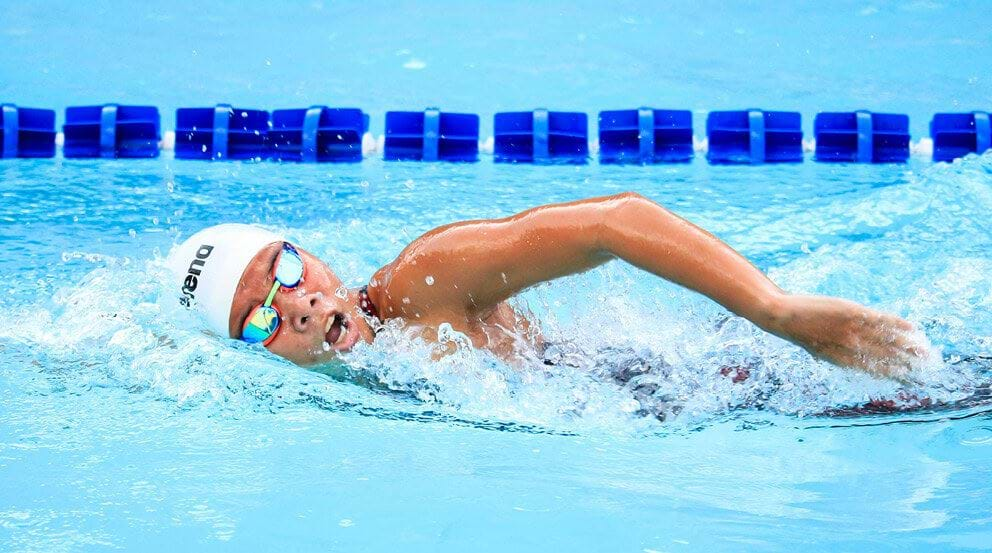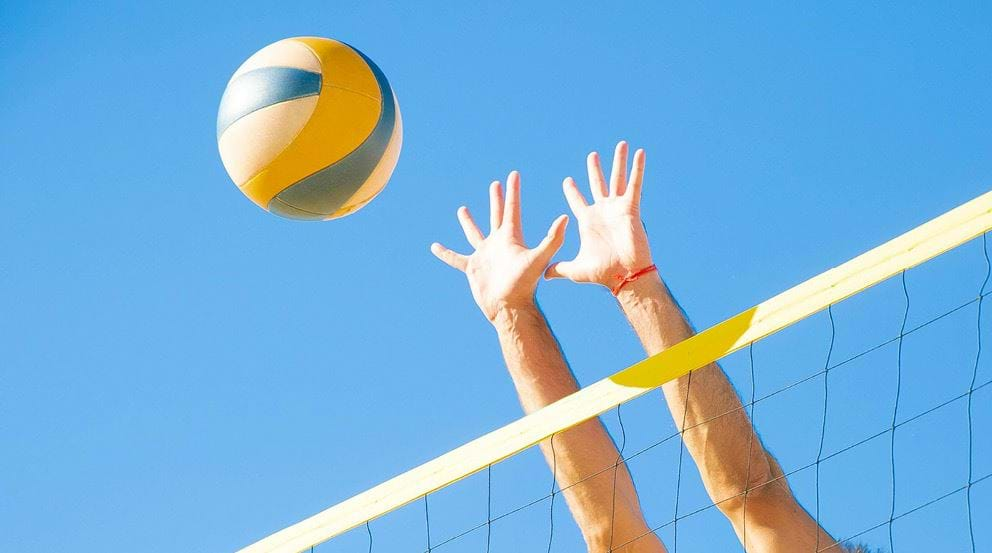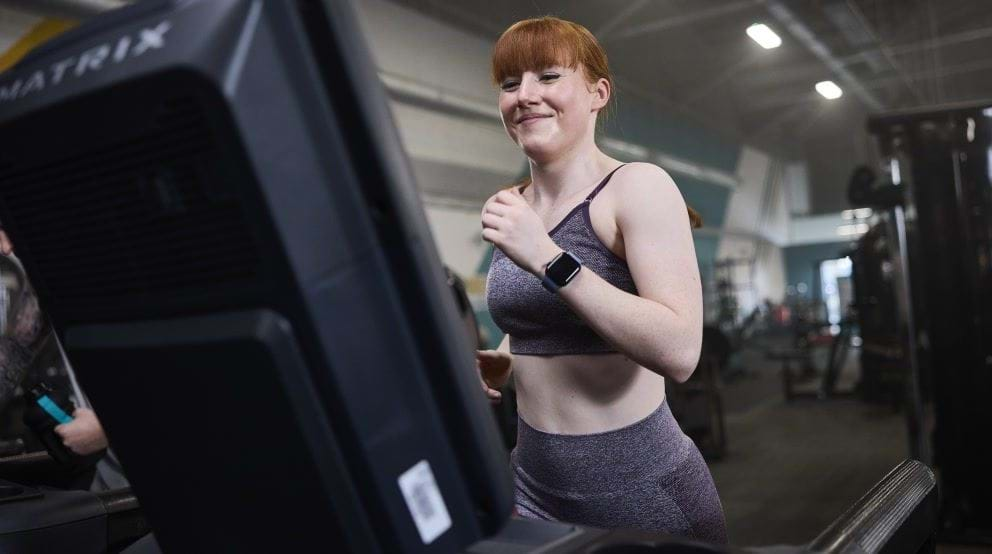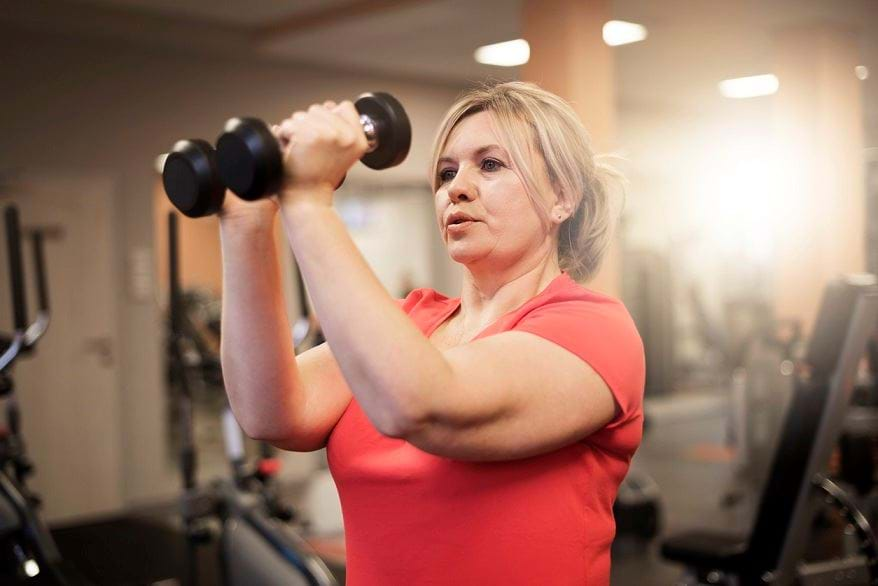Best Strength and Conditioning Workout Plan for Swimmers

Best Strength and Conditioning Workout Plan for Swimmers
Why Strength & Conditioning | Components | S&C Workout Plan For Swimmers | Monthly Progression | Periodisation | Benefits
Whether you swim competitively or for fun, in the pool or the wild, training in the gym is a great way to improve your swimming skills. The right workout plan can boost your energy levels, endurance, power, and the strength of your stroke.
One of the best training approaches you can do to boost your swim performance is strength and conditioning training. This functional style combines strength and fitness to help you swim at your best.
Here, we explain more about why strength and conditioning training is so great for swimmers and recommend an example workout plan and exercises for you to include in your training schedules.
Why Strength And Conditioning Is Good For Swimmers
Strength and conditioning training (S&C) focuses on improving athletic performance and overall fitness. While traditional weightlifting focuses primarily on muscle growth and strength, S&C can be used to boost sport-specific performance by offering a more functional approach to training and a more well-rounded fitness profile.
Originally developed for athletes, strength and conditioning has become popular with fitness fans of all levels thanks to its many health and performance benefits. It can help you to improve your strength, power, speed, endurance and agility, complementing your hard work in the pool while delivering better results when you swim.
Whether you're looking to swim further, faster or for longer, strength and conditioning will help develop the muscle groups you need for a more powerful, efficient swim style.
What To Include In A Strength And Conditioning Workout Plan For Swimmers
Many competitive swimmers choose to work with a coach to create a training plan that is tailored to their unique strengths and weaknesses. For those training independently without a coach, here are some key focus areas to include when creating a strength and conditioning programme to improve your swimming performance:
Core training: Builds stability and easier rotation - particularly useful for freestyle, backstroke and dolphin kicks. Include planks, Russian twists, and other exercises ab and back-focused movements
Conditioning: Including both aerobic and anaerobic training improves overall fitness and endurance, meaning you'll be able to swim faster for longer.
Flexibility and mobility work: Include stretching and mobility exercises to maintain and improve range of motion. You'll be able to reach further in your strokes and will be less likely to suffer injuries.
Make sure to begin every workout with a warm-up and finish with a cool-down. Include plenty of rest days to allow for recovery - this may seem counterintuitive but you'll see better results and sustain fewer injuries if you let your muscles rest.
Example Strength And Conditioning Workout Plan For Swimmers
If you don’t want to create your own programme, this S&C workout is great for swimmers. You can either follow the workouts exactly, or you can adjust the exercises to reflect your own needs. Feel free to change which days of the week you do these workouts on, to tie in better with the days you swim.
Monday: Upper Body Focus
- Warm-up: 10 minutes light cardio + dynamic stretching
- Bench press: 3 sets of 8-10 reps
- Pull-ups or Lat pull-downs: 3 sets of 8-10 reps
- Dumbbell shoulder press: 3 sets of 10-12 reps
- Tricep pushdowns: 3 sets of 12-15 reps
- Plank: 3 sets of 30-60 secondsromania
- Cool-down: 5 minutes light cardio + static stretching
Wednesday: Lower Body Focus
- Warm-up: 10 minutes light cardio + dynamic stretching
- Squats: 3 sets of 8-10 reps
- Romanian deadlifts: 3 sets of 8-10 reps
- Lunges: 3 sets of 10-12 reps per leg
- Calf raises: 3 sets of 15-20 reps
- Russian twists: 3 sets of 20 reps
- Cool-down: 5 minutes light cardio + static stretching
Friday: Full Body & Explosive Power
- Warm-up: 10 minutes light cardio + dynamic stretching
- Deadlifts: 3 sets of 6-8 reps
- Push-ups: 3 sets of 10-15 reps
- Dumbbell rows: 3 sets of 10-12 reps per arm
- Box Jumps or squat jumps: 3 sets of 8-10 reps
- Medicine ball slams: 3 sets of 10-12 reps
- Hanging leg raises: 3 sets of 10-12 reps
- Cool-down: 5 minutes light cardio + static stretching
Monthly Progression
As you get stronger and fitter, you'll need to progressively overload your workouts so that you continue to challenge your body enough to improve. A popular way to approach this is:
Week 1: Select a weight you can do your maximum reps with while maintaining good form and technique
Week 2: Increase weight, choosing a weight where the minimum reps is challenging but can be done with good form
Week 3-4: Increase reps with this new weight
Continue to increase weights and reps while staying in your desired rep range for 8-12 weeks. After this, you can continue with this programme or make adjustments.
You should factor in a deload week every 4-8 weeks, depending on how your body feels. Deload weeks involve reducing the intensity of your workouts, for example by reducing the weights, volume (reps or sets), or both.
Periodisation
Periodisation involves structuring training to peak at specific times, and is particularly useful if you're a competitive swimmer.
If you were a beginner runner, you wouldn't jump straight to running a marathon - you'd plan out your training schedule to build up to race day in a considered way. Similarly, with swimming, you shouldn't train at maximum intensity all year round. Instead, you break your training into different phases to reach your peak performance at the right time.
Periodisation helps with injury prevention and means you can shape your training around key swimming events. This is likely to look like:
- Off-season (building phase): building a strong foundation for the rest of your training year. More time in the gym and less in the pool. Focus on building strength and power with higher intensity, lower volume workouts.
- Pre-season (transition phase): transferring your newfound strength to the pool. Transition to more swimming-specific exercises and increase the volume.
- In-season (performance phase): keeping you strong without tiring out for important swimming events. Maintain strength with lower volume, higher intensity workouts.
Benefits Of Strength And Conditioning For Swimmers
Faster pace: Looking to shave seconds off your personal best time? S&C helps you to build stronger muscles, especially in your arms, shoulders, back and legs. Increased strength means more power, so you can cover more distance with each stroke and kick.
Better endurance: S&C exercises will train your muscles to work harder for longer periods, so you won't get tired as quickly when swimming long distances and can keep your pace up for longer to finish stronger.
Improved technique: Strengthening and conditioning your core (your abs and back muscles) helps keep your body stable in the water. This means better form, which will boost your speed and efficiency.
Helps prevent injuries: While swimming is a low-impact form of exercise, the repeated motions can lead to shoulder or knee injuries. These don't just cause physical pain, but they can also hold back your progress while you rest and recover. That's why prevention is better than cure. S&C exercises can strengthen the muscles around your joints, especially your shoulders, to protect you from common swimming injuries.
Faster starts and turns: Are you wanting a more explosive start or more powerful turns when swimming? Jumping-focused S&C exercises (generally referred to as plyometrics) will help give you more power and speed for these movements.
Breathe better: Improved lung capacity could mean the difference between breathing every four strokes instead of two. It also helps with your energy levels, leaving you less likely to get out of breath. S&C can not only boost your lung capacity but can teach you better breath control, which is crucial in swimming.
With these plans and exercises, you should be ready to hit a personal best in the pool. Just find a PureGym near you and you can get training today. If you'd still like a bit more guidance, you can book a session with one of our expert personal trainers, who can help you shape a workout schedule for maximum swimming performance.


